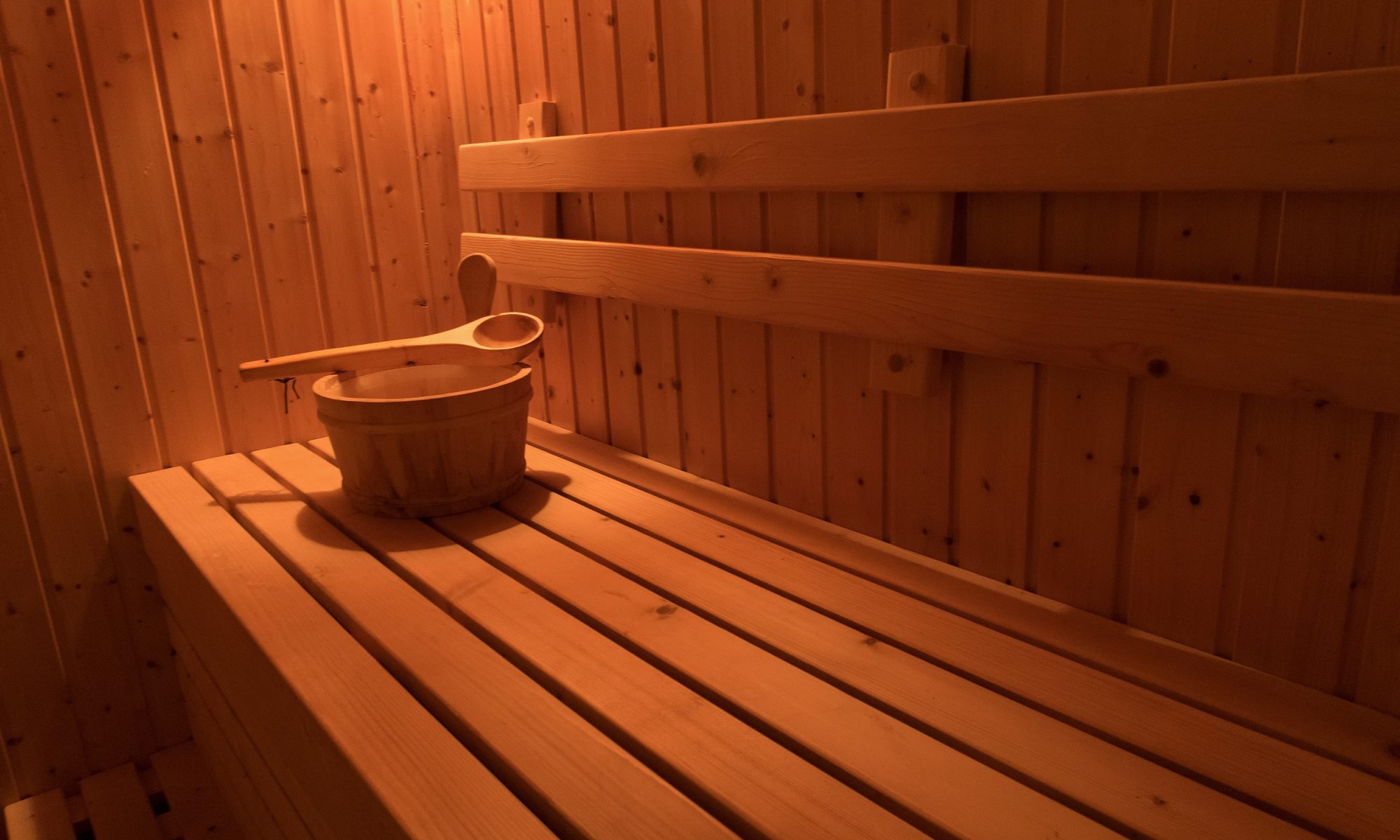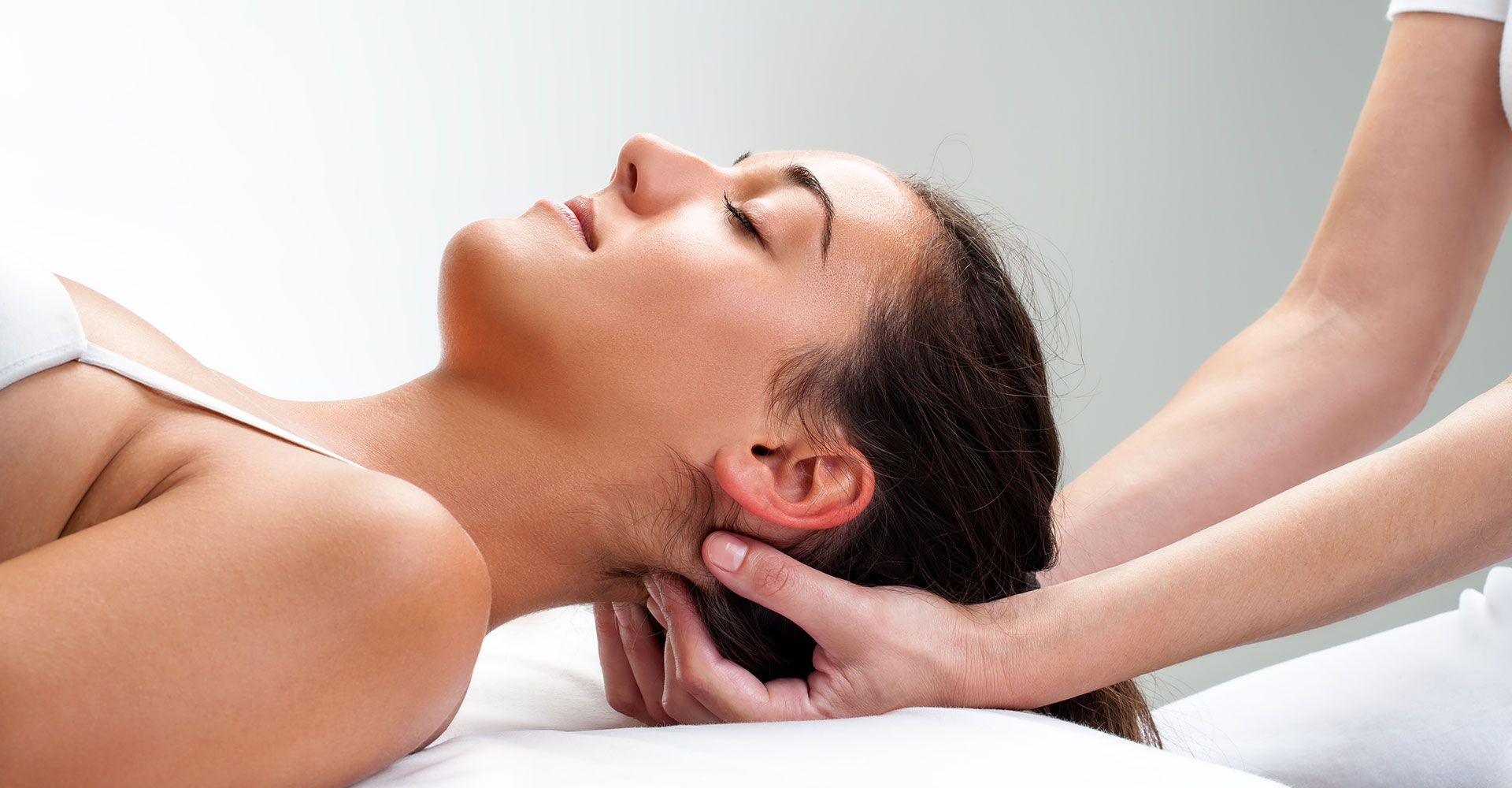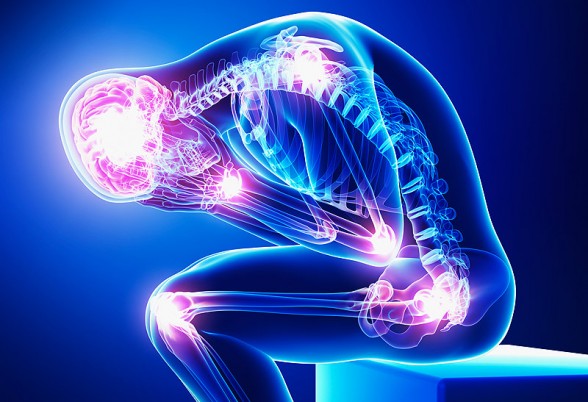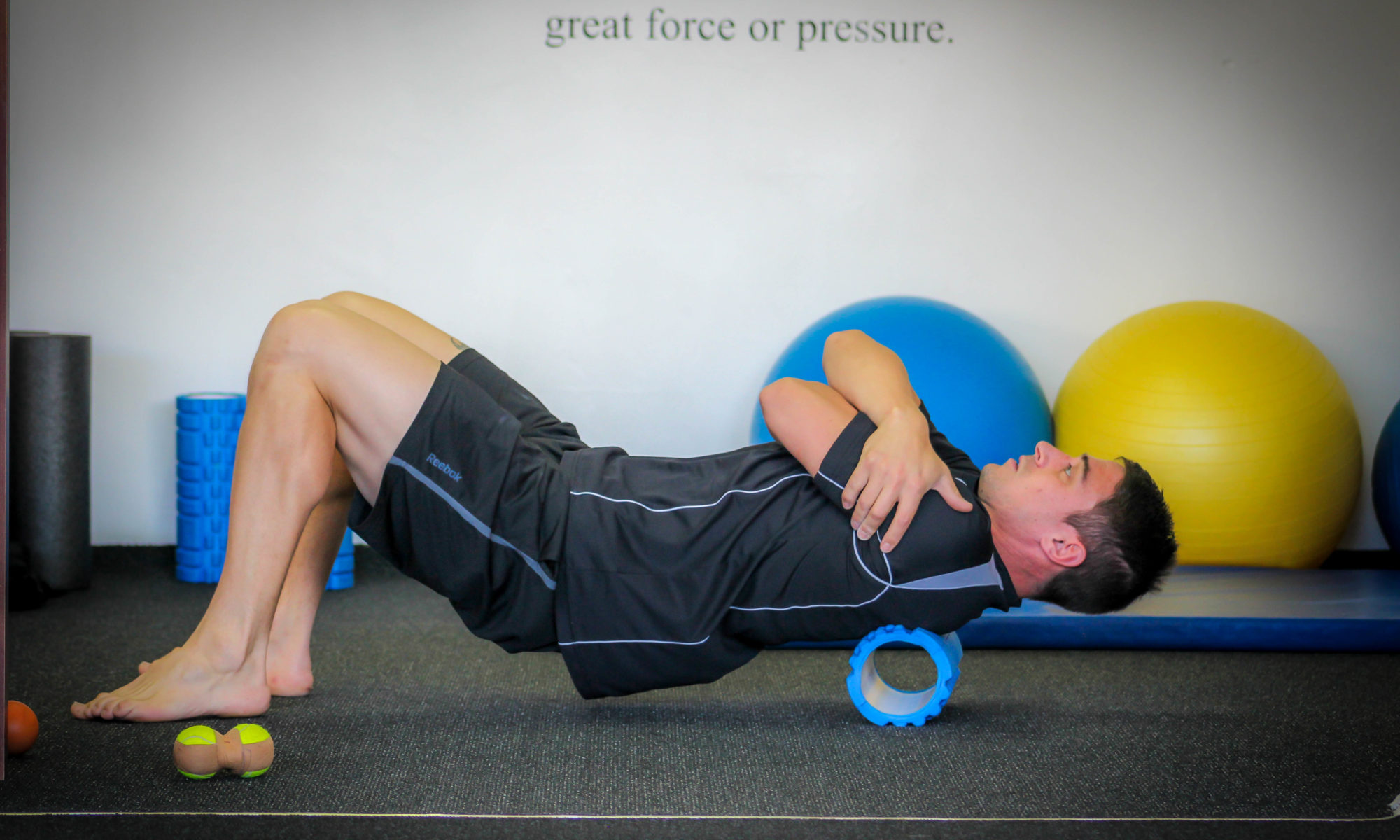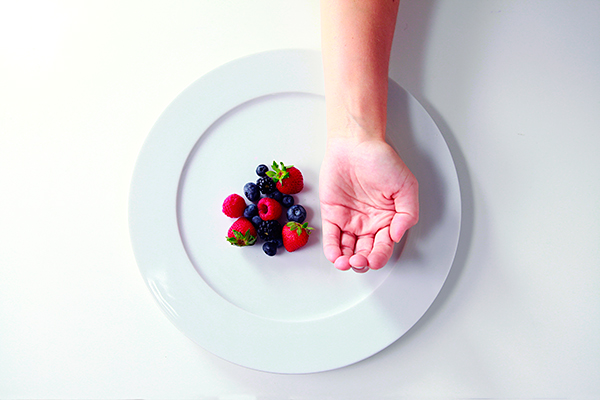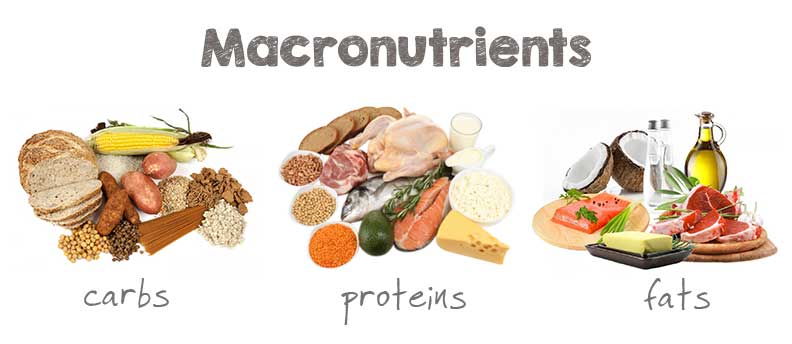Getting uncomfortably hot in a small wooden room is not something most people are eager to do but a recent scientific review of 70 studies has come to some interesting conclusions about sauna use. Not only does the heat seem to relax but it seems that the heat stress is beneficial;
- Longevity (life span)
- Cardiovascular health and endurance.
- Brain health
Longevity
Your body needs energy to survive. Mitochondria are tiny organelles inside most of your cells which provide energy. The health of your mitochondria is essential to both your life and healthspan. The heat stress associated with sauna use has been shown to be beneficial for the health of existing mitochondria as well as the creation of new ones. The heat stress also results in heat shock proteins being released which are known to improve longevity.
A 21 year long study in Finland has shown significant reductions in all cause mortality (any cause of death) by sauna usage. In fact the more the sauna was used the greater the results tended to be. Compared to only one sauna session per week for all cause mortality, sauna bathing 2-3 times per week was associated with a 24% lower risk of death and 4- 7 times per week with a 40% reduction in risk.
Cardiovascular Health and Performance
Heat stress lowers blood pressure, decreases arterial stiffness, lowers risk of cardiovascular disease and sudden cardiac death. Science has shown that while sauna use isn’t as effective on the muscular system as resistance exercise the cardiovascular benefits may be similar. These cardiovascular benefits are a big reason why all cause mortality rate is reduced in regular sauna users.
Cardiovascular health is improved but so is performance. A study showed that participants increased their time until exhaustion while running by 32% in three weeks by using the sauna for 30 minutes after their work out 2 times per week. This increase in endurance was enabled by a higher red blood count.
Brain health
Apart from massively benefiting from the lower blood pressure and better blood flow, heat stress improves brain health by;
- Increases the storage and release of norepinephrine, which improves attention and focus.
- Increases prolactin, which causes your brain to function faster and helps to repair damaged neurons.
- Increases BDNF, which causes the growth of new brain cells. This improves the ability for you to learn new information and retain it, and ameliorates certain types of depression and anxiety.
- Causes a robust increase in dynorphin (discomfort chemicals), which results in your body becoming more sensitive to the ensuing endorphins (feel good chemicals).
Heat is a stress just like exercise which causes temporary discomfort followed by health benefits. Like anything don’t jump in too hard too fast. As long as your doctor says you can, aiming for at least two times per week for 20 minutes per session would be good to gain the above-mentioned benefits. A 20 minute sauna maybe too uncomfortable to begin with and may have to be built up over time.
It seems that the more frequent the use of the greater the benefits shown.
Hydrating before during and after the sauna is always a good idea. Combining alcohol with the sauna is never a good idea and do not use if you are pregnant.
